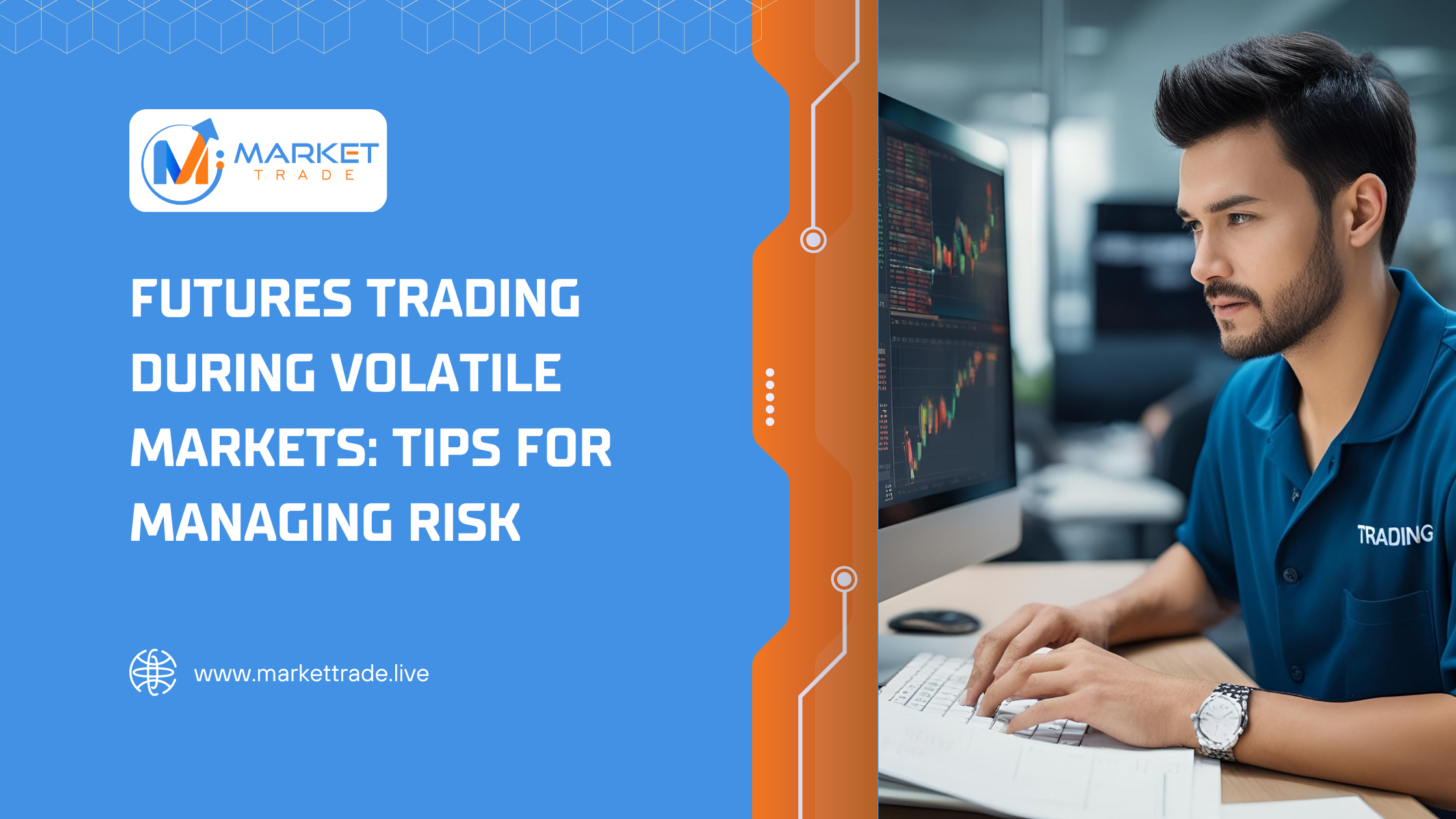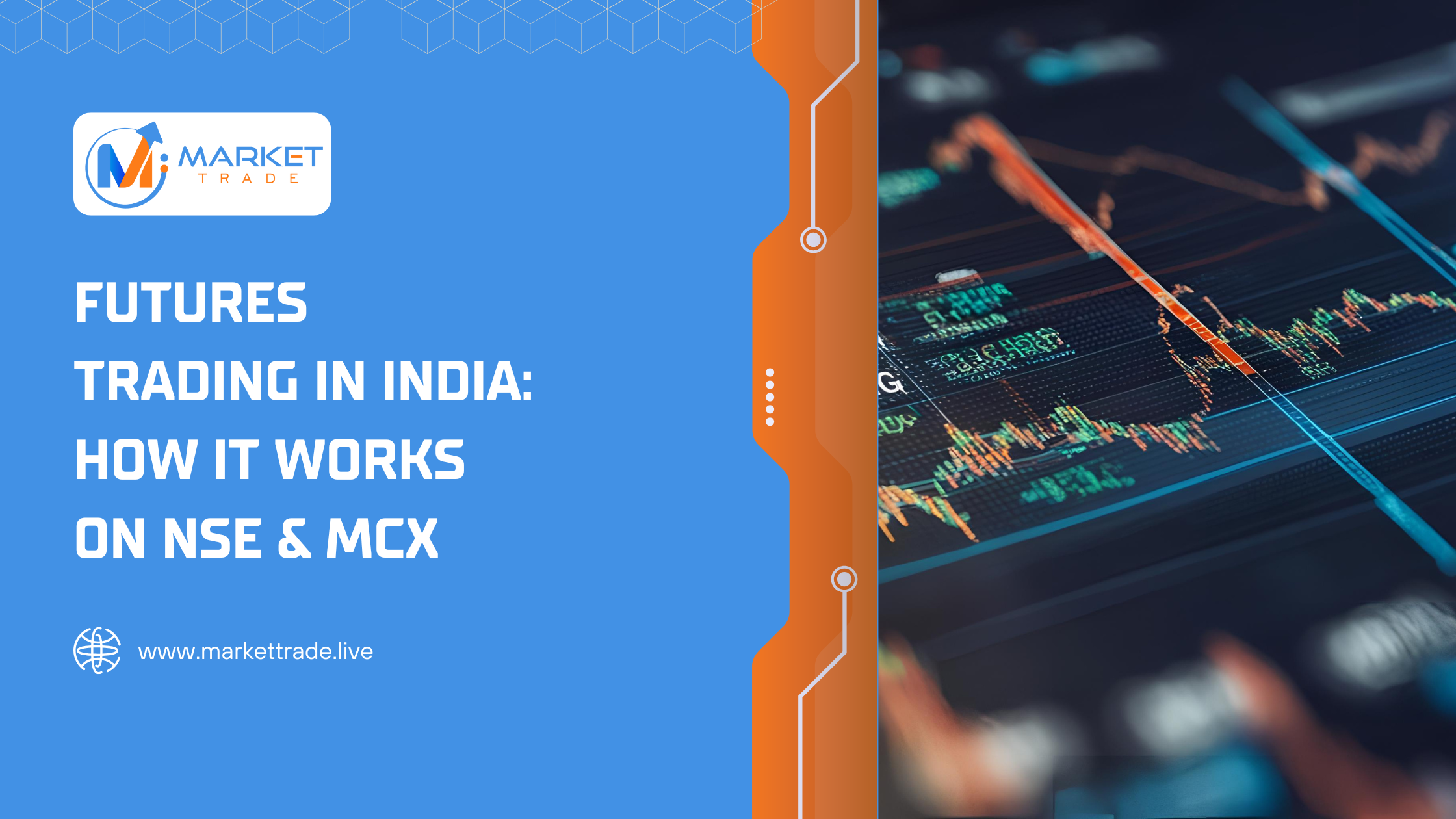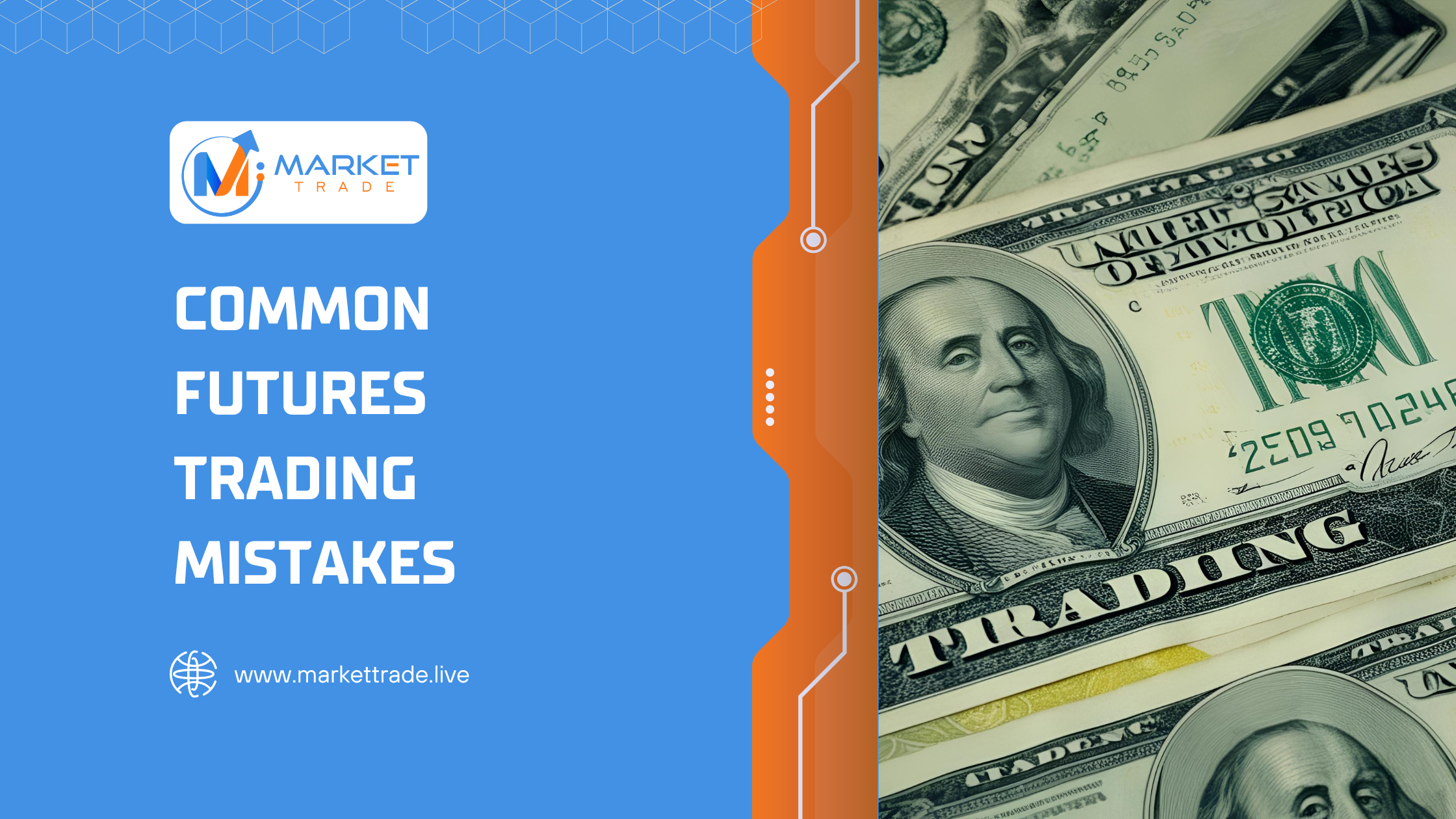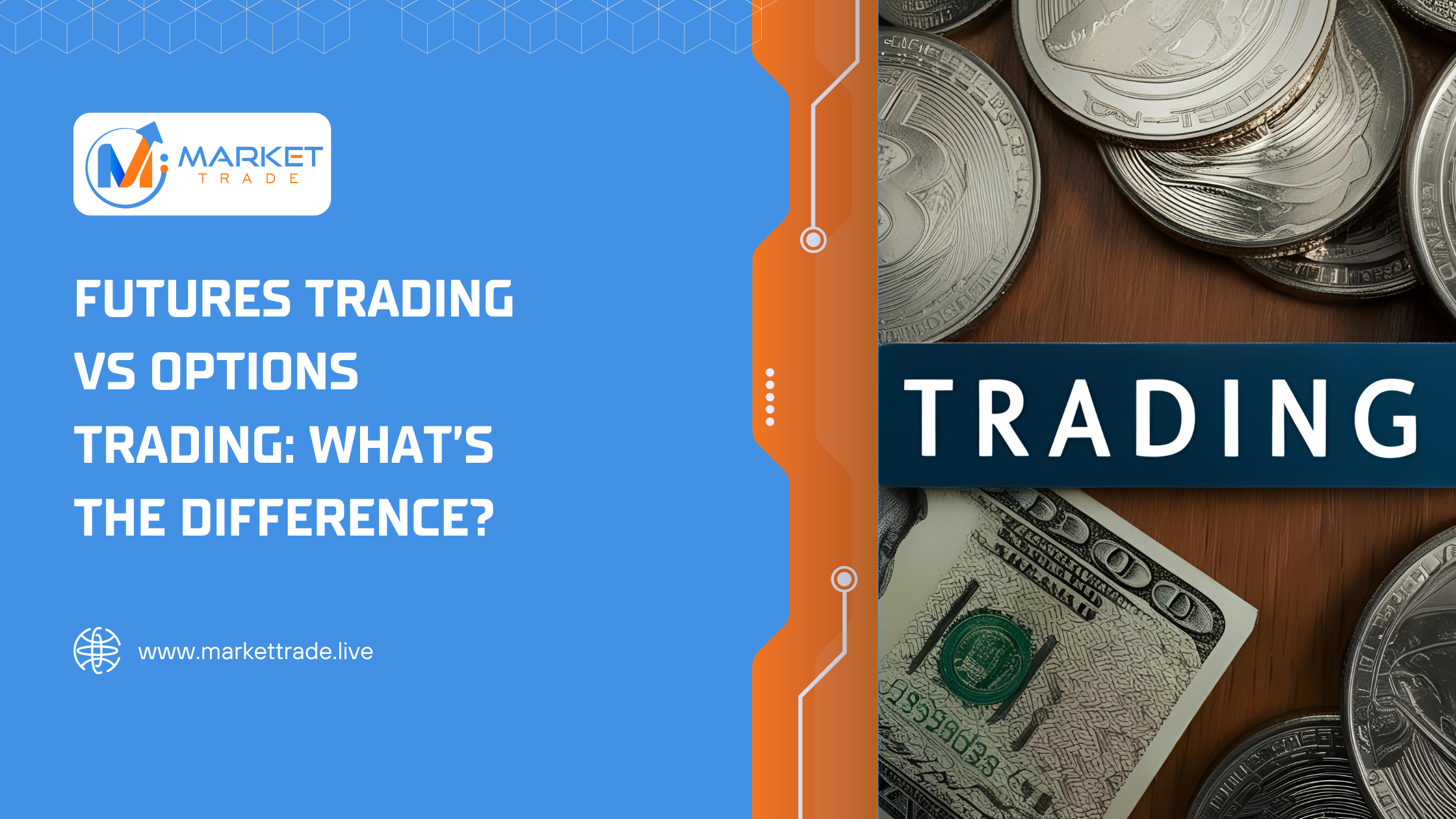
Trading futures can be exciting, especially when the market is moving fast. But with that excitement comes a higher level of risk—especially during volatile times. Whether you’re a beginner or an experienced trader, it’s important to stay calm, think smart, and protect your capital. In this blog, we’ll break down what you need to know about futures trading during volatile markets and share some easy-to-follow tips to help manage risk. 🌪️ What is Market Volatility? In simple terms, volatility means big and sudden price movements in the market. It could be due to major news events, economic data releases, global uncertainty, or even rumors. For futures traders, this means prices can swing rapidly, offering big profit opportunities—but also increasing the chances of losses. 🚨 Why Volatile Markets are Risky for Futures Traders Futures trading involves using leverage, which means you can control large positions with a small amount of capital. While this can amplify gains, it also means losses can pile up fast. During volatile times: Price movements can be unpredictable. Stop-loss orders may not always execute at expected levels. Margin calls can happen quickly. So how do you manage this? Let’s dive into some tips. ✅ 7 Smart Tips to Manage Risk in Volatile Markets 1. Use Stop-Loss Orders (But Be Realistic) Set a stop-loss to limit how much you’re willing to lose on a trade. However, during high volatility, prices may jump past your stop level. To deal with this, avoid placing stops too tight—give your trade some breathing room. 2. Trade Smaller Positions When markets are wild, reduce your position size. Smaller trades mean less exposure to risk. This helps protect your account if the market goes against you. 3. Don’t Over-Leverage Just because you can trade with high leverage doesn’t mean you should. Leverage is a double-edged sword. Stick to conservative leverage to avoid blowing up your account on a single trade. 4. Avoid Trading During Major News Events Big announcements like interest rate decisions or inflation data can cause sharp moves. If you’re not experienced in trading news, it’s better to stay out during these times or wait until the dust settles. 5. Stick to Your Trading Plan Don’t let emotions take control. Fear and greed are your biggest enemies in volatile markets. Have a clear plan, including your entry, stop-loss, and target—and follow it with discipline. 6. Keep an Eye on Margin Requirements Brokers may raise margin requirements during volatile times. Make sure you have enough funds in your account and stay updated with any changes. 7. Keep Learning and Stay Informed Volatile markets are a learning opportunity. Follow market news, study charts, and learn from both your wins and losses. The more prepared you are, the better decisions you’ll make. 🧘 Final Thoughts: Stay Calm and Trade Smart Futures trading during volatile markets isn’t for the faint of heart, but with the right mindset and risk management strategy, you can navigate it confidently. Don’t chase every move. Focus on making smart, calculated decisions rather than reacting emotionally.





